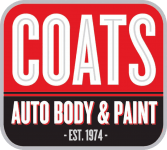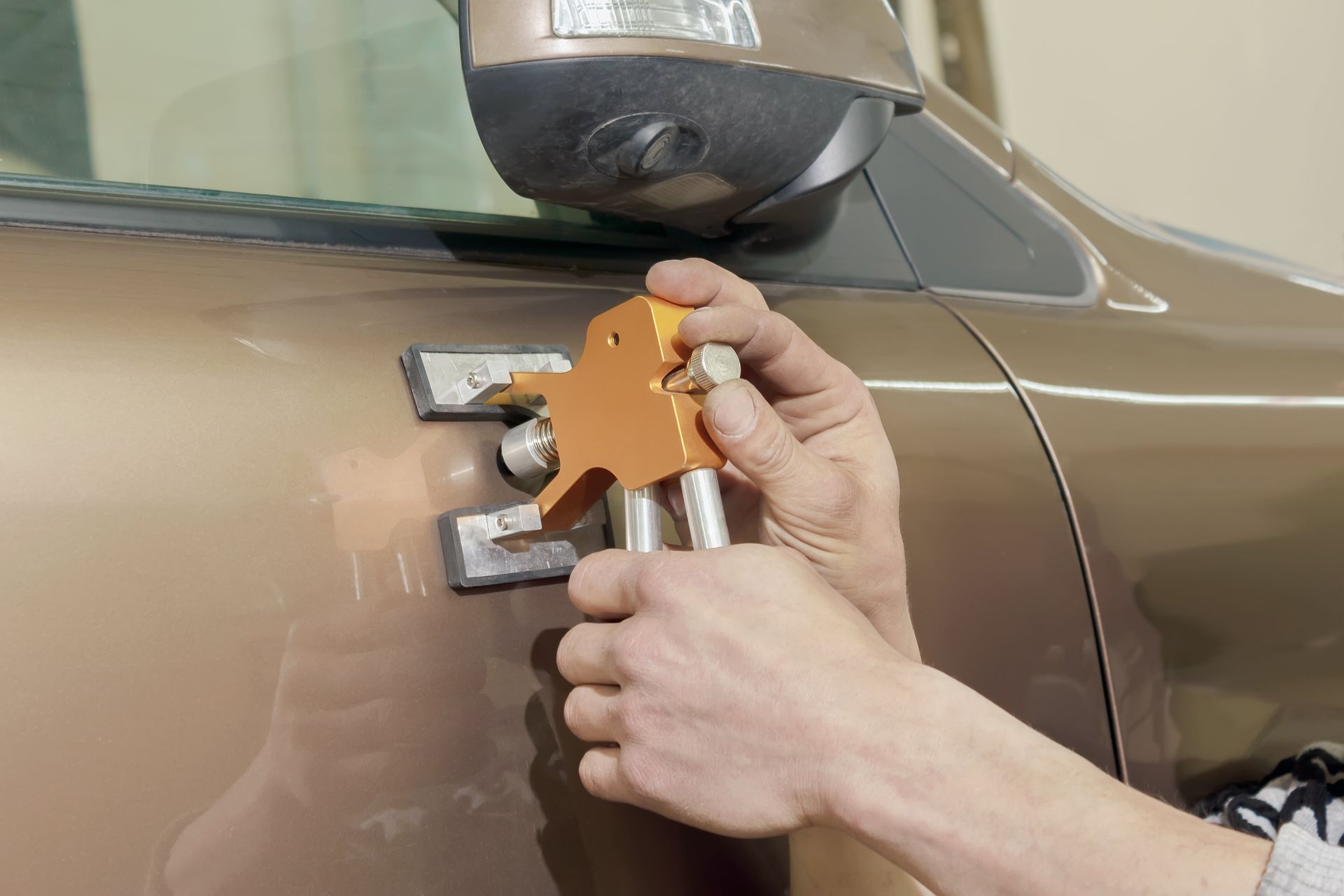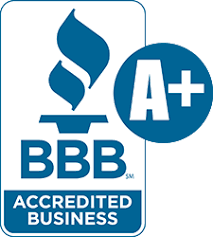Contact Us For A Free Estimate Today!
Garner Location Has Been Closed, Please Visit Our Raleigh Location.
Auto Body Serving:
Blog Layout
Advantages of Steel and Aluminum Body Components in Vehicles
websitebuilder • Dec 01, 2016
Recently, the United States automotive industry has started to use aluminum in body components. For most of the history of automobiles and other motor vehicles, steel has been the predominantly used metal in every vehicle component.
However, the introduction of aluminum may radically change the way consumers think about vehicle construction and may also raise questions about its practicality in comparison to steel. Aluminum and steel each possess characteristics that are unique, all of which can be viewed as pros and cons by objective observers.
Below, we list the advantages aluminum and steel in the body of different vehicle types.
Steel Body Advantages
As mentioned above, steel has been the metal of choice for almost all automobiles since the advent of "horseless carriages." There are a lot of good reasons why this fact is the case.
Steel Is Predictable
Both auto manufacturers and auto repair professionals
are highly familiar with the characteristics of steel used in vehicles. They have a deep understanding of its metallurgy, the science of working with metals, and are able to accurately foretell how steel will respond in almost all automotive applications.
As a result, both the production and repair of steel components are more predictable, and that predictability can mean lowered overall costs for consumers.
Steel Is Easily Reshaped and Restored
In the event of collision damage, steel can be readily shaped back into its original form due to its inherent "memory". Collision repair specialists can restore the physical structure without needing to use more advanced technologies. In addition, steel is an easy-to-weld material that can be cut and joined with conventional welding equipment and techniques.
Steel Requires No Special Joints When Crafted Into a Vehicle
“Galvanic corrosion” is a term used to describe what happens when two dissimilar metals make contact and as electrons flow from one to the other. This same phenomenon is what makes a battery work. However, if galvanic corrosion occurs in your vehicle, then it will result in the gradual disintegration of components as electrons move. If a vehicle's structural components are exclusively made of steel, then the automotive manufacturer doesn't need to worry about circumventing possible corrosion by using special, insulated joints.
Aluminum Body Advantages
Even though aluminum is a new alternative metal used for vehicle structures, it has emerged as a serious contender for use in automotive body components. Here are some advantages aluminum offers in these applications.
Aluminum Is Lightweight yet Strong
By far, the biggest advantage offered by using aluminum in automobiles, including both engine and structural components, is the significant reduction in weight it provides. In fact, aluminum components weigh about half of equivalent steel components. This weight difference translates to much better fuel economy for drivers.
In addition, using aluminum doesn't require a compromise in the strength of vehicle components. It provides the same structural integrity as steel, so its weight-reducing advantages and increased fuel economy can really shine.
Aluminum Is Highly Recyclable
Aluminum is one of the most recyclable metals in use. In fact, around three-fourths of all aluminum produced since the introduction of modern smelting procedures in the late 1800s is still in use today. As a result, aluminum has a less negative impact upon environmental resources and can ultimately be extremely cost effective for both manufacturers and consumers.
Aluminum Offers Crash Protection Advantages
One big advantage of using aluminum in vehicle structural components is its protective characteristics. In the event of an accident, aluminum can absorb a lot more of the kinetic energy that would otherwise be transferred to human occupants of vehicles. Injury likelihoods are lessened as drivers and passengers are both kept safer.
If you drive a car made of steel or aluminum, take it to the experts at Coats Auto Body and Paint whenever you need repairs.
Share
Tweet
Share
Mail
Browse Our Website
Contact Information
Email:
Coatsbodyshop1@aol.com
Coats Auto Body and Repair
Phone:
Estimates by Appointment Only
Share
Tweet
Share
Mail
Share
Tweet
Share
Mail
Hours of Operation
- Mon - Fri
- -
- Sat - Sun
- Closed
Appointments Available
24-Hour Emergency Service
Towing after hours please contact Andrew's Towing at (919) 744-6521




Content, including images, displayed on this website is protected by copyright laws. Downloading, republication, retransmission or reproduction of content on this website is strictly prohibited. Terms of Use
| Privacy Policy












